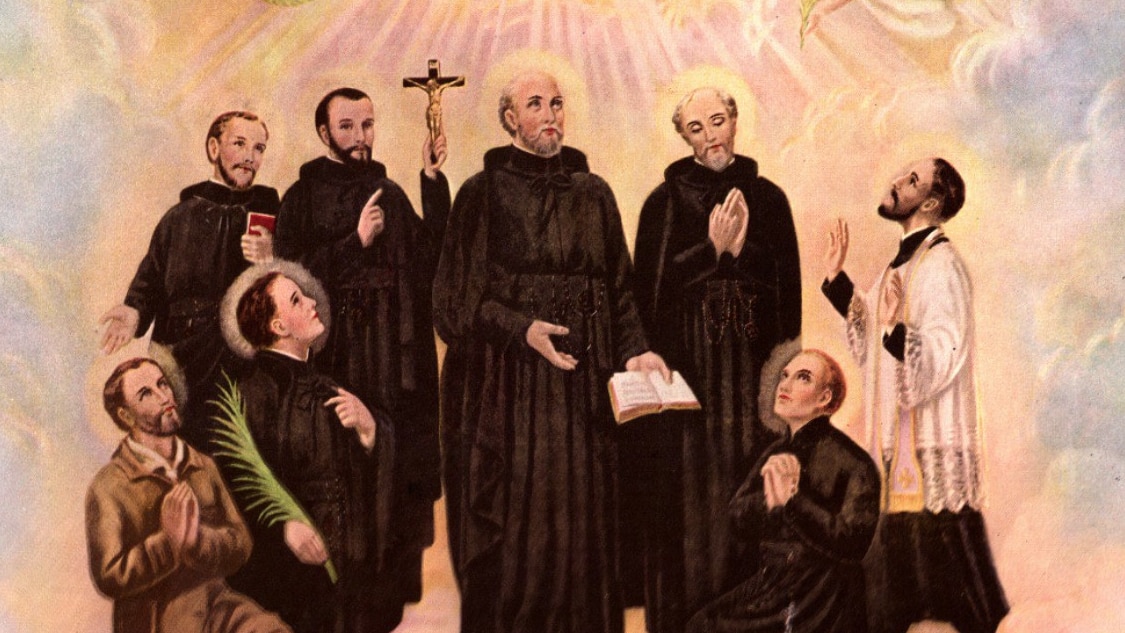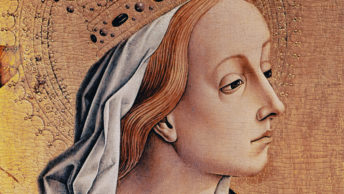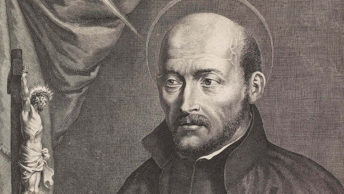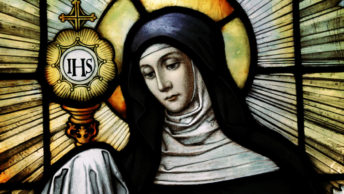Once there was an elderly couple whose house was on a large corner lot near an elementary school. The school children had the bad habit of cutting across the corner of the lot, which created an ugly path in the lawn. The husband and wife were good, friendly people, but this situation seriously annoyed them, and as it continued, they became angry and upset. Then they realized something had to change: after all, the problem was poisoning their attitude toward children and robbing them of their peace of mind. After praying for guidance, a solution came to them. Instead of blocking off their lawn or having the worn-out section reseeded, they had the path covered with crushed gravel, then lined it with flowers, and placed a bench alongside it. From then on the couple began sitting on the bench when school dismissed in the afternoon, and they greeted the children who passed by. Something wonderful happened. The children thanked the couple for the path, and often stopped to chat, asking about the different flowers and telling them what they had learned in school that day. In this way the husband and wife made many young friends, and they turned a difficult situation into a pleasant one (Link, Illustrated Sunday Homilies, Year A, Series II, p. 117).
This—in a minor but still significant way—is an example of holiness, or sainthood. Instead of letting their understandable irritation undermine their basic goodness, the elderly couple searched for a way to let grace and peace come forth, and thereby benefited both the children and themselves. They were being true to themselves, in the best sense of the term, and this is what God asks of each of us. It’s safe to say that most of us aren’t expected to work miracles, to serve as missionaries in far-off lands, or to shed our blood as martyrs. We are called to allow God to express His goodness through us. This is what sainthood means: becoming the persons God made and intended us to be.
The Feast of All Saints is a way of honoring those countless men, women, and children throughout history who lovingly responded to God and who are now with Him in the everlasting joy of Heaven. Some of them have their own individual feast days, but most do not; many of them are recorded in the Church’s history, but the vast majority are unknown to us. St. John (Rev 7:2-4, 9-14) describes “a huge crowd which no one could count, from every nation, race, people, and tongue.” We are spiritually united to this vast multitude, for as First John (3:1-3) says, we are God’s children, and we will one day see Him as He is. This promise is also a challenge: we must begin here and now to live as saints, growing in love and coming ever closer to God. As Jesus says in the Gospel of Matthew (5:1-12), “Blest are they who hunger and thirst for holiness; they shall have their fill.” If we truly want to be holy, God will make this possible and help us achieve it.
What can we learn from the lives of the saints? How can they help us become the persons we’re meant to be? Many of them led interesting, adventurous, and even unusual lives, but what matters is that they too faced difficulties, worries, and problems—and, through God’s grace, overcame them, and became better persons because of them. We have much to learn from their example. For instance, we are not necessarily called to repent of our sins in a dramatic way, as St. Mary Magdalene did when she wept on Jesus’ feet and dried them with her hair—but we are meant to be truly sorry for our sins and humbly seek God’s forgiveness. We don’t have to go out in the wilderness and talk to birds and animals as St. Francis of Assisi did—but we are called to appreciate the wonders of God’s creation, and to use and preserve it with gratitude. We’re probably not asked to make continual and heroic sacrifices for our families, going far above and beyond the call of duty for many years, as St. Monica did for her pagan husband and her son St. Augustine—but we are called to show genuine concern for our spouses and children, and to live that out in practical ways. It’s doubtful we’ll ever be martyred for our faith, as happened to St. Thomas More—but we are expected to rejoice in our families and fill our homes with love, as he did. Most of us aren’t asked to go apart from the world and live in a cloister, as did St. Therèse of Lisieux—but we are called to follow her example by doing all things, no matter how small or routine, out of love for God.
I doubt that any of us are called to establish orphanages and schools as St. John Bosco did—but all of us must imitate his concern for the physical and moral well-being of the young people we know. We don’t have to be as strong-willed as St. Catherine of Siena or St. Rose of Lima, both of whom, desiring a religious life, cut off their own beautiful hair to prevent their parents from marrying them off against their will—but we are called to be truly dedicated to the service of Christ. Our vocation probably isn’t to work among the poor and oppressed, as St. Peter Claver did with the black slaves brought to South America by the Spanish—but we must in some way oppose the injustices of society. We don’t need the visions and mystical experiences which St. Bridget of Sweden frequently received—but we do need to imitate her willingness to spend quiet time with God. Most of us aren’t meant to be great civic leaders like the holy French king St. Louis IX or the beautiful young princess St. Elizabeth of Hungary—but we do have the duty of being honest, responsible, and conscientious citizens.
The lives of the saints can inspire and encourage us, but what matters is that we truly be ourselves—in the fullest, most wonderful way possible. All the holy men and women of history discovered this truth; they continued growing closer to God in spite of problems, personal faults, and the opposition of others. We are given this same challenge; we are called to be holy. This doesn’t mean pretending to be something we’re not; it does meant allowing the grace and love of God already within us to guide and direct everything we do. Like the elderly couple who were upset that school children were wearing a path in their lawn, we can respond to various situations in life with anger, or we can pray for God’s guidance in finding a way to let His grace and peace be present—and if we get into the habit of making the right choice in these instances, we will indeed be journeying along that same path the saints have traveled before us.








